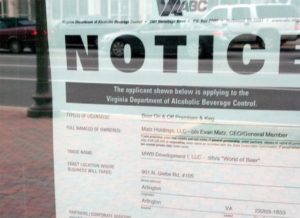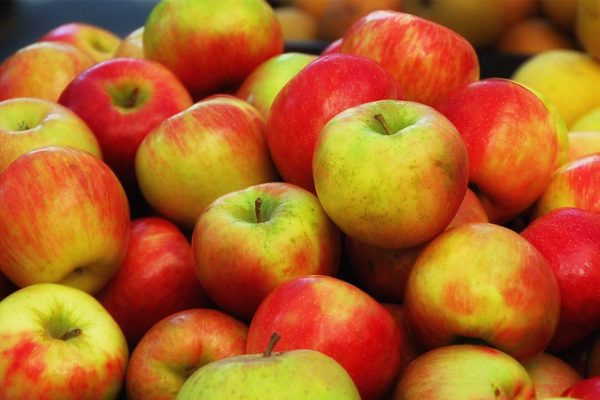
Editor’s Note: This sponsored column is written by Nick Anderson, beermonger at Arrowine (4508 Lee Highway).
I try in these columns to stay away from directly relating the topic to a particular beer that may be arriving in the shop or that I might be featuring that week. I probably should, to be honest, but I enjoy going through one style at a time and trying to give you, the reader, a nice introduction and some good examples of each. There is something coming in this week, though, that made me think of a style that is largely unknown to the public at large but is starting to gain importance: gluten-free beer.
The number of Americans being diagnosed with Celiac disease is increasing every year, as doctors begin to understand it and its many varied symptoms. Where only 10-15 years ago the conventional wisdom had Celiac being something that only affected around 1/2,500 people (and focusing on children and young people), today some three million Americans have been diagnosed as Celiac. Celiac disease affects the lining of the intestines, specifically in reaction to foods containing gluten. Gluten is found in wheat, barley, rye, and oats among other grains. The damage done by Celiac leaves the sufferer unable to process important elements in food, leading to various and sundry maladies, none of which are good. Looking at that list of ingredients containing gluten, you can see where issues come up for beer drinkers.
 Over the past few years many beers have hit the market for those with Celiac disease who missed beer and were looking for a gluten-free option. I’ve seen the number of customers looking for gluten-free beers increase every year, and every year I’ve seen the disappointment of those customers in the beers on the market for them. These days, the gluten-free beers I keep in stock are limited to Britain’s St. Peter’s Sorghum Beer and Green’s Gluten-Free, whose Belgian-style beers have gained in popularity over the past few years.
Over the past few years many beers have hit the market for those with Celiac disease who missed beer and were looking for a gluten-free option. I’ve seen the number of customers looking for gluten-free beers increase every year, and every year I’ve seen the disappointment of those customers in the beers on the market for them. These days, the gluten-free beers I keep in stock are limited to Britain’s St. Peter’s Sorghum Beer and Green’s Gluten-Free, whose Belgian-style beers have gained in popularity over the past few years.
The problem is that as well-made as many gluten-free beers are, they simply are not a realistic substitute for traditional beer. Often they lack balance and can come across as cloying or without character. Enter Delaware’s Dogfish Head Brewery. The popular craft brewery had for years been getting requests for a gluten-free beer at their brewery, brewpub, and at their local restaurants. Last year, they developed a recipe and put it on tap at their Rehoboth Beach brewpub; it was a smash hit. It was such a hit that they decided to put it into their production as their first new 4-pack in almost five years. That beer is called Tweason’ale, and why it works is that it is specifically not trying to ape any traditional beer.
Tweason’ale features local strawberries with a base of dark sorghum syrup and buckwheat honey. The resulting beer is bright with a lot of strawberry character along with notes of molasses and even some grains from the buckwheat honey. Dogfish is known for their interesting beers, and they’ve succeeded in making a gluten-free beer that is interesting not only to those with medical dietary restrictions. Tweason’ale is just an interesting beverage, plain and simple. The first batch of Tweason’ale is arriving this week: supplies are limited but don’t worry if you miss it — Dogfish plans on brewing it between seasons (hence the name).
Until next week. Cheers!
Nick Anderson keeps a blog at www.beermonger.net, and can be found on Twitter at @The_Beermonger. Sign up for Arrowine’s money saving email offers and free wine and beer tastings at www.arrowine.com/mailing-list-signup.aspx.






